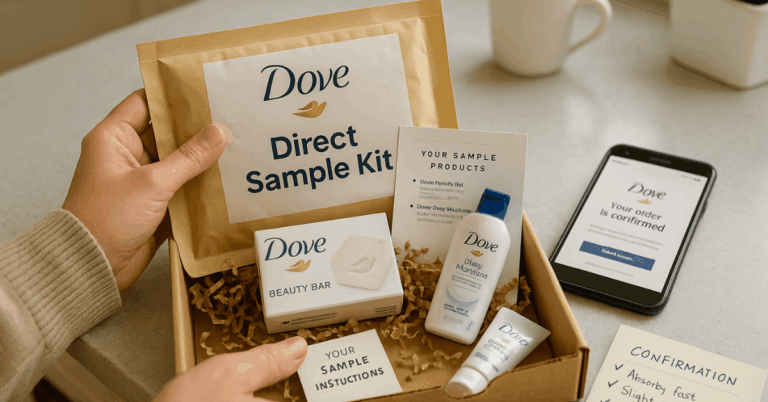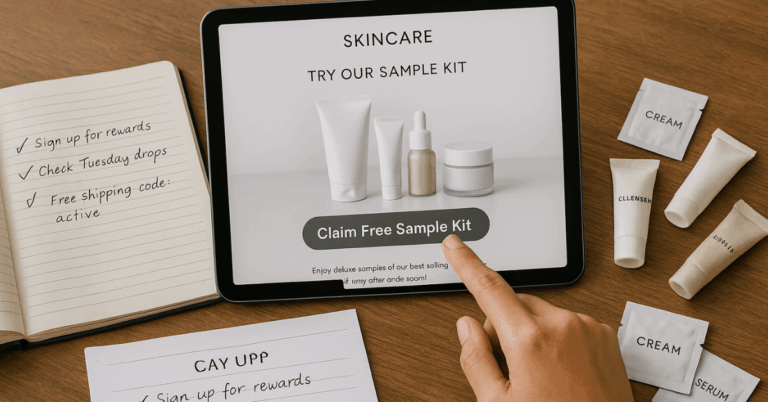Importing goods from China has become more challenging due to recent tariff increases. These tariffs have raised costs for businesses and consumers alike.
However, there are legal strategies to mitigate or avoid these additional expenses. This article outlines practical methods to help you buy from China without paying the new tariffs.
Understanding the New Tariffs
The U.S. government has implemented new tariffs on Chinese imports, aiming to address trade imbalances and protect domestic industries.

These tariffs vary across different product categories and can significantly impact import costs.
Key points to consider:
- Tariffs have been imposed on a wide range of goods, including electronics, textiles, and machinery.
- The rates can be substantial, sometimes exceeding 25% of the product’s value.
- These measures are part of broader trade policies affecting international commerce.
Understanding the specifics of these tariffs is crucial for developing effective strategies to manage or avoid them legally.
Utilizing Free Trade Zones (FTZs)
Free Trade Zones offer a way to defer or reduce tariff payments legally. By operating within an FTZ, businesses can import goods, perform certain activities, and re-export without immediate tariff implications.
Benefits of FTZs include:
- Duty Deferral: Tariffs are deferred until goods leave the FTZ for domestic consumption.
- Duty Elimination: If goods are re-exported, tariffs may be eliminated entirely.
- Operational Flexibility: Businesses can store, assemble, or manufacture products within the FTZ.
It’s important to note that specific regulations govern FTZ operations, and compliance is essential to reap these benefits.
Exploring Duty Drawback Programs
Duty drawback programs allow businesses to reclaim tariffs paid on imported goods that are subsequently exported or destroyed.
This can be a significant cost-saving measure for companies engaged in international trade.
Key aspects of duty drawback programs:
- Eligibility: Applies to goods that are exported or destroyed without being used domestically.
- Refund Rates: Businesses can recover up to 99% of the duties paid.
- Time Frame: Claims typically must be filed within a specific period after exportation or destruction.
Engaging with customs brokers or trade specialists can help navigate the complexities of filing for duty drawbacks.
Leveraging Product Classification and HTS Codes
Accurate product classification using the Harmonized Tariff Schedule (HTS) codes is essential in determining the applicable tariffs. Misclassification can lead to overpayment or legal issues.
Strategies for effective classification:
- Consult Experts: Work with customs brokers to ensure correct HTS code usage.
- Stay Updated: Regularly review changes in tariff classifications and rates.
- Documentation: Maintain detailed records to support your classifications during audits.
Proper classification can result in lower tariffs and compliance with trade regulations.
Considering Importing Through Third Countries
Routing imports through third countries can sometimes reduce tariff liabilities, provided the goods undergo substantial transformation.
This process changes the product’s country of origin, potentially qualifying it for lower tariffs.
Important considerations:
- Substantial Transformation: The product must undergo significant processing to change its name, character, or use.
- Legal Compliance: Ensure all activities meet the legal definitions to avoid penalties.
- Cost-Benefit Analysis: Assess whether the additional processing costs justify the tariff savings.
This strategy requires careful planning and legal consultation to be effective and compliant.
Negotiating with Suppliers
Engaging in negotiations with suppliers can lead to cost-sharing arrangements or alternative solutions to mitigate tariff impacts.
Collaborative approaches can benefit both parties in maintaining competitive pricing.

Negotiation tactics include:
- Cost Sharing: Agreeing to split the additional tariff costs.
- Price Adjustments: Negotiating lower base prices to offset tariffs.
- Alternative Sourcing: Working with suppliers to source components from non-tariffed countries.
Open communication and long-term partnership perspectives are key to successful negotiations.
Utilizing Customs Bonded Warehouses
Customs bonded warehouses allow importers to store goods without paying duties until the goods are removed for domestic consumption.
This can improve cash flow and provide flexibility in managing inventory.
Advantages of bonded warehouses:
- Duty Deferral: Postpone payment of duties until goods are sold or used.
- Long-Term Storage: Store goods for extended periods without incurring immediate costs.
- Re-Export Options: Goods can be exported directly from the warehouse without paying duties.
Utilizing bonded warehouses requires compliance with customs regulations and proper documentation.
Exploring Government Incentives and Trade Agreements
Various government programs and trade agreements can provide relief or exemptions from certain tariffs.
Understanding and leveraging these opportunities can lead to significant savings.
Key considerations:
- Free Trade Agreements: Identify if your products qualify under agreements like USMCA or others.
- Government Programs: Explore programs offering tax incentives or subsidies for certain industries.
- Compliance Requirements: Ensure all eligibility criteria are met to benefit from these programs.
Staying informed about available incentives and agreements can enhance your import strategy.
Tips for Negotiating Better Payment Terms with Suppliers:
Managing payment terms effectively can improve cash flow and strengthen supplier relationships. These tips will help you secure more favorable terms for your business.
- Request longer payment terms to improve cash flow.
- Propose partial upfront payments to reduce financial strain.
- Seek discounts for early payments or bulk orders.
- Negotiate payment in your local currency to avoid exchange rate risks.
- Establish clear communication and build trust to secure better terms.
Working with Freight Forwarders to Streamline Logistics and Reduce Costs
Freight forwarders can be valuable partners in managing complex logistics while reducing overall import costs.
They handle transportation, documentation, and customs clearance efficiently. Partnering with a reliable forwarder can minimize delays and errors, saving you time and money.
Their expertise in trade regulations also helps ensure compliance with all import requirements.
Engaging in Tax Planning and Professional Advice
Effective tax planning can identify opportunities to reduce overall costs associated with tariffs. Professional advice ensures compliance and optimizes financial strategies.
Steps to consider:
- Consult Tax Professionals: Seek advice on deductions, credits, and structuring imports.
- Review Financial Strategies: Assess how tariffs affect pricing, margins, and profitability.
- Stay Informed: Keep abreast of changes in tax laws and trade agreements.
Proactive tax planning can significantly impact the bottom line in the context of international trade.
Conclusion: Navigating Tariffs with Strategic Planning
Facing new tariffs on Chinese imports requires informed and strategic actions.
Businesses can buy from China without paying the new tariffs by utilizing Free Trade Zones, duty drawback programs, accurate product classification, and supplier negotiations.
Importing through third countries and proactive tax planning also enhance these strategies.











